For women suffering from alopecia, the loss of their hair can be traumatic and life altering. But an Israeli medical technology company has developed an injector to strongly affix multiple strands to the scalp at a time, providing immediate hair restoration to women struggling with baldness.
Hairstetics, based in Or Yehuda on the outskirts of Tel Aviv, says its near-instant hair implants can restore a woman’s hair in less than an hour – and without surgical intervention.
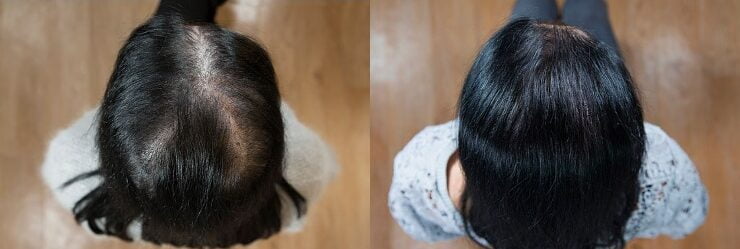
Hairstetics CEO Oren Ne’eman tells NoCamels that the implants are for women suffering from androgenetic alopecia, a genetic disorder characterized by permanent hair loss in men and women after puberty.
The condition affects up to 50 percent of men and women, who experience hair loss on different parts of the head. In males, baldness is most prominent in the front of the head, while in women hair loss is most common at the top of the head and the crown.
He says that the focus of the company is women suffering from the condition, for now at least, as their implants rely on long strands of artificial hair.
“It’s an unmet need in females,” he tells NoCamels on the sidelines of the Biomed Israel conference in Tel Aviv.
Ne’eman explains that the way most women lose their hair and the way the remaining hair is thinning more often than not makes them ineligible for normal hair transplantation.
“Women usually have long hair and natural transplantation is done with very short follicles being relocated from the back to the areas where the hair is in shortage,” says Ne’eman.
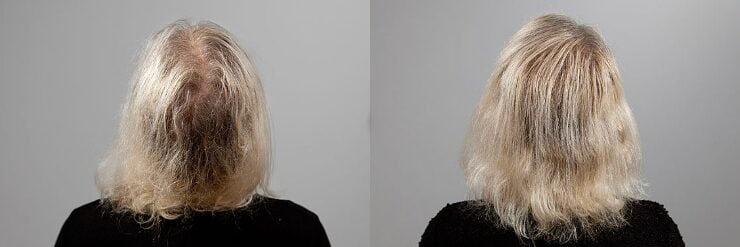
Hairstetics does not use real hair, instead implanting artificial strands to match the subject’s own color.
The strands are created using materials that are unlikely to trigger an allergic reaction, but even so, care is taken to ensure that there is no adverse response.
“The materials that we use are very biocompatible so as to minimize any side effects,” Ne’eman says, explaining that the hairs are made from the same material as surgical sutures.
“We’re screening out patients who might have side effects by doing a test of less than 50 hairs. So if a patient reacts for any reason to that test, we’re not proceeding to the full implementation.”
The process begins with a local anesthetic administered to the scalp. The device that delivers the hair restoration then “injects” 25 strands at a time through a set of needles protruding from a block-like device, directly onto the spots on the head where the hair is thin, thinning or completely gone.
The entire process takes between 30 to 45 minutes, Ne’eman says.
Sign up for our free weekly newsletter
SubscribeThe tip of each follicles that is injected into the skin on the scalp then opens up, anchoring the hair strands to the head of the patient.
“The tip of [each strand] is like a stent,” Ne’eman says, referring to the tiny tubes inserted into hollow passages within the body that wedge themselves in place.
Many people associate stents with their use in opening up blocked valves in and around the heart.
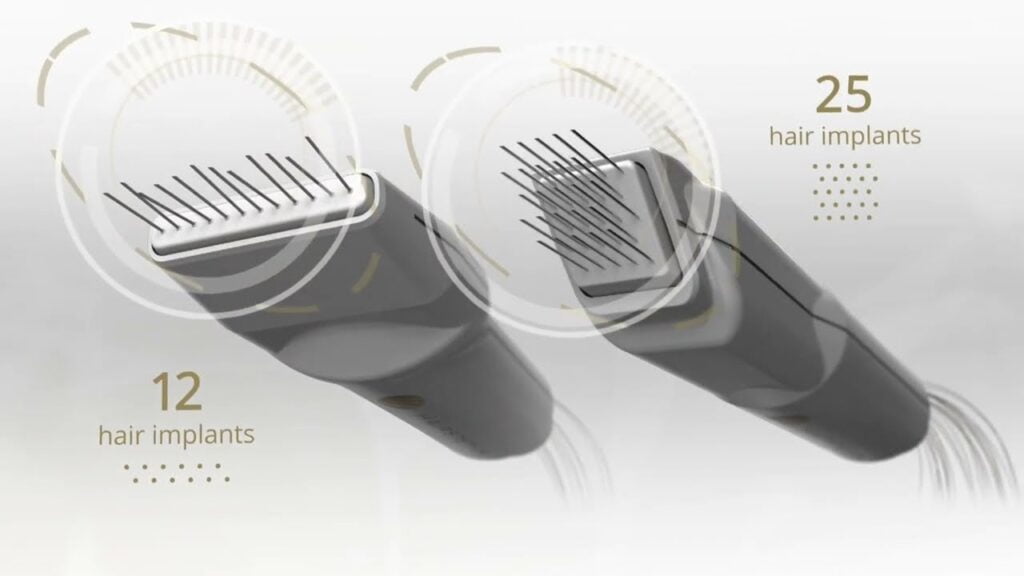
“It is made out of the same materials that stents are made of, and one of the characteristics of these stents is elastic memory,” he says. This means it will return to its original shape once it is released from its constraints.
“If I put it into the needle, the wings of the stent are folded and when it comes out of the needle they open up again [under the scalp]. This is what fixes the hair into the skin in enforcement two and a half times greater than natural hair,” he explains.
According to Ne’eman, the procedure can be done by any medical professional after several hours of training.
The implants are pre-loaded into the injectors in the factory, he explains, and the customer’s doctor performs the local anesthesia and uses the injectors to put the hair in place.
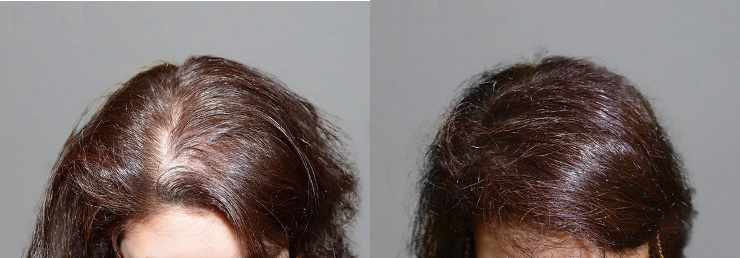
While the implants are “stronger than our hair” and harder to pull out, Ne’eman says that there is nonetheless some shedding of the follicles – up to as much as 20 percent year on year. This means that some of the implanted hairs will have to be replaced as they come loose from the scalp.
“It is a repeatable procedure,” he says. “The patient should come to the clinic every year and a half to two years to do a secondary [implant].”

The procedure is currently available in Israel and Brazil, as well as France, Switzerland and Belgium. The average price of the procedure is 5,000-6,000 euros.
The company is also eyeing a future entry into the American market, but has yet to receive authorization from the Food and Drug Administration (FDA).
While expensive, Ne’eman says the women who undergo the treatment after the trauma of losing their hair certainly see the value.
“We’ve witnessed women crying after the procedure because the change is so needed,” he says.
Related posts

Editors’ & Readers’ Choice: 10 Favorite NoCamels Articles

Forward Facing: What Does The Future Hold For Israeli High-Tech?

Impact Innovation: Israeli Startups That Could Shape Our Future


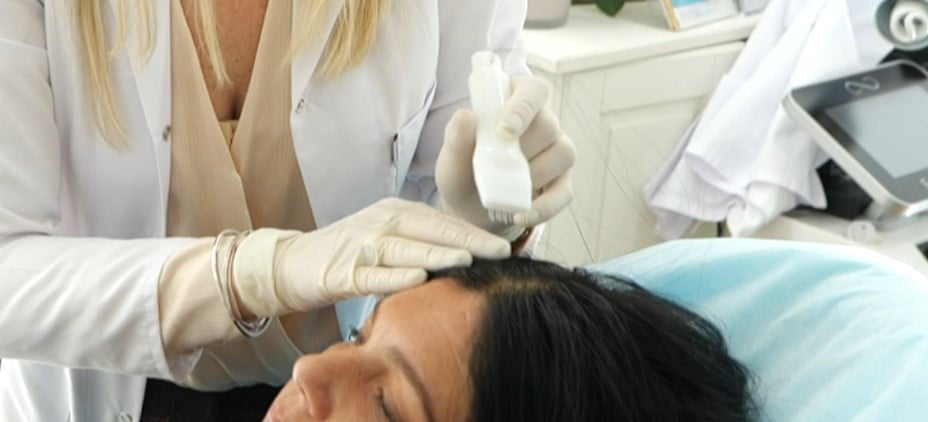

Facebook comments